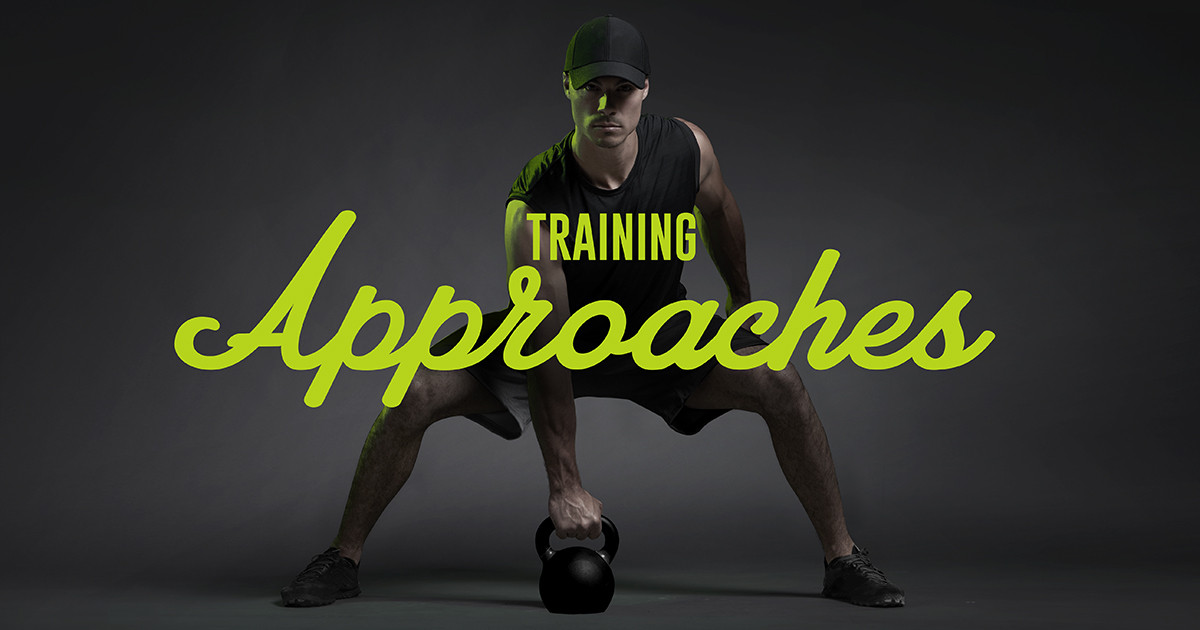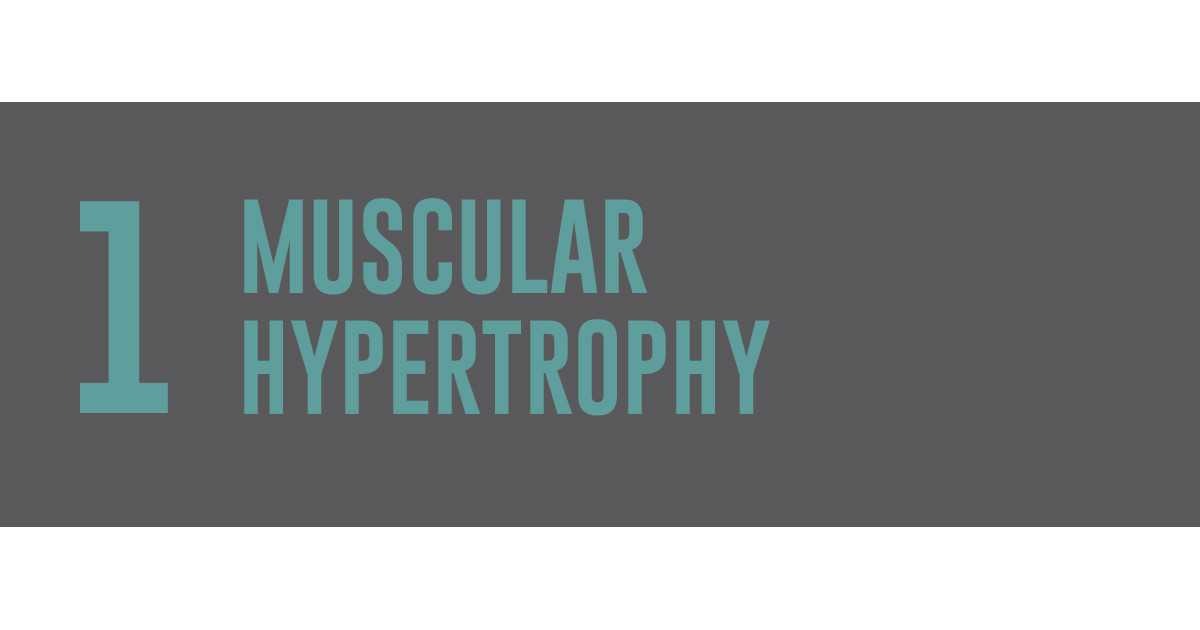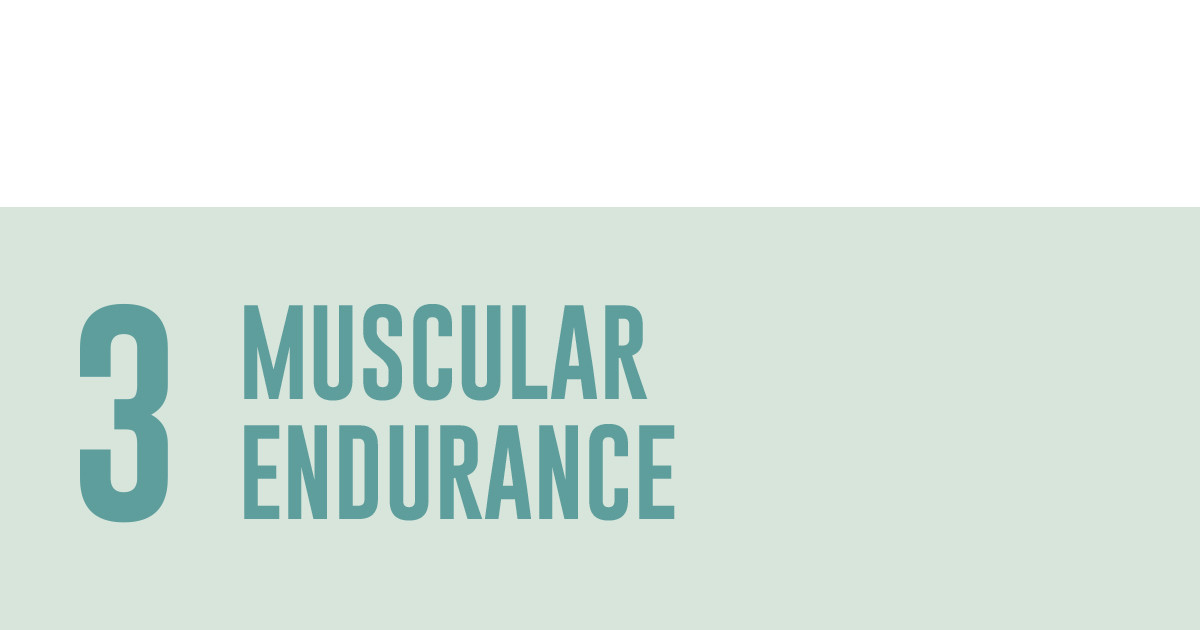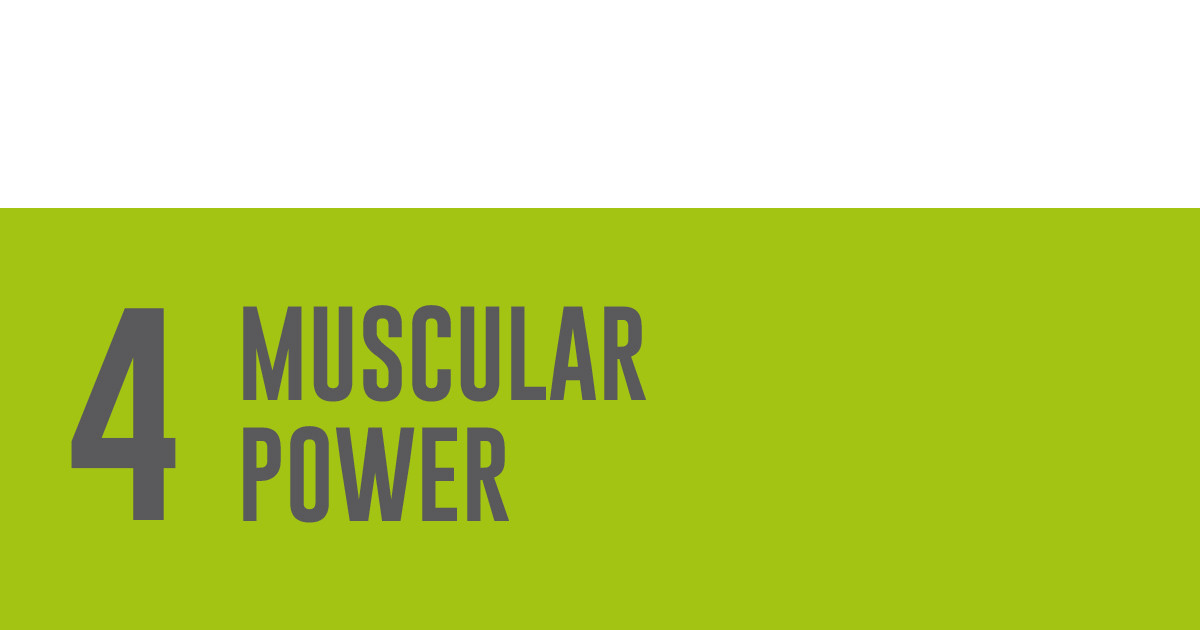The right training approach for the right results

Finding the right training approach is like finding a shoe that fits; once you have the right one, you move around with a lot more ease. Whether your objective has to do with bulk, strength, endurance, or power, the right approach enables you to get better results and to have a better performance.
The training method will determine the number of repetitions. For example, a high number of repetitions with a low load will develop endurance. By contrast, fewer repetitions with more charge will build strength. Sounds pretty simple, now what about rest, tempo and even the type of exercises?
THE APPROPRIATE INTENSITY, NUMBER OF REPETITIONS AND OF SERIES, REST, AND TEMPO: ALL THE INFORMATION IS HERE.

This is defined as the gain of muscular mass, it's the complete opposite of muscular atrophy. During resistance training, we create micro-tears in the targeted muscular regions. In response, the body develops more and larger muscle fibers, therefore, gain in muscle mass is expected.
Several exercises with free weights, a bar or a machine with a selective load are suggested to increase muscle hypertrophy. Here are some examples:
To properly develop muscular hypertrophy, it is necessary to:
- Train with a load around 60 to 80% of your maximum load.
- Do repetitions between 8 and 12 with at least 3 sets per exercises.
- Have a rest time of approximately 60 to 90 seconds between each set.
- It is possible to do supersets.
- Use a tempo of 3-0-2-0.
The benefits of muscle hypertrophy:
- Develops muscle mass, therefore, increases your basal metabolic rate.
- May increase self-esteem for some people.
- It is a good transition phase before moving on to exercises using maximum force.
- Increases protein synthesis.
Here is a program created by STUDIOGYM:

The most muscular people are not necessarily the strongest. Here is the recipe to build your strength:
This is divided into two primary components - relative strength and absolute strength.
Relative strength is defined as the load lifted by the body weight of the person. Many athletes must have great relative strength in order to perform in their sports, especially combat sports and climbing. A good example of relative strength is the wide grip pull-up.
Absolute strength is related to the maximum resistance a person can deploy. It does not take into consideration the weight of the individual. An exercise often used to develop the absolute force is the medium grip barbell deadlift.
To properly develop strength, you must:
- Train with a load between 80 and 100% of your maximum load.
- Do repetitions between 1 and 8 (repetitions of 6 to 8 are usually attributed to relative strength) with at least 3 sets per exercises.
- Have a rest period of 2 to 5 minutes.
- Use a tempo of 4-0-1-0 (focus on the eccentric portion of the movement).
The benefits of muscle strength:
- Develops muscle mass and, therefore, increases your basal metabolic rate.
- Useful for the practice of many sports.
- Improves the nervous system when faced with training.
- Improves your tendinous muscle components.

This is defined by the ability to repeat a sub-maximum contraction.
Do you want to become a training machine that never wears out? Then you must work on your muscular endurance. As a bonus, this will also help you decrease your body fat percentage.
Muscle endurance training is specific to long-distance sports enthusiasts, such as runners, cyclists, hikers and many others. It is also a good method for beginners to get in shape because the load is restricted. In addition, it is beneficial to do endurance training after an injury or as a return to training. For this, it is good to do exercises involving isometric contractions, such as the isometric squat or the abdominal stabilization.
To properly develop muscular endurance, you need to:
- Train with a load around 40 to 60% of your maximum load.
- Do repetitions between 13 and 20 with at least 2 sets per exercises.
- Have a rest time of 60 seconds or less between each set.
- It is possible to do supersets.
- Use a tempo of 2-0-2-0.
The benefits of muscular endurance:
- Allows you to gain muscle mass while minimizing muscle hypertrophy.
- Useful for the practice of many long-distance sports.
- Promote healing and fitness.

This is defined by the multiplication of force and speed.
To become an explosive athlete or a cross-fitness enthusiast, you have to work in power. Exercises that work in power must have a fast concentric phase, that is why the training is usually related to jumps or explosive movements. Be careful not to use too high loads, as this may slow down the movement. To work in power, modify the exercise choices of your training program. For example, instead of doing an exercise to solicit the chest such as push-ups, you could choose the chest-pass.
Weightlifting exercises are particularly useful for developing muscle power. In fact, movements such as clean or hang snatches are great because they require a lot of speed in order to be performed correctly.
To develop muscular power, it is necessary to:
- Train with a load around 40 to 60% of your maximum load.
- Do repetitions between 4 and 10 with at least 3 sets per exercises.
- Have a rest time between 60 and 90 seconds between each set.
- Use a tempo of 3-0-X-0 (where X is less than 1 second).
The benefits of muscular power:
- Very useful for sports performance.
- Allows you to improve muscular coordination.
- Allows you to decrease reaction times.
- Allows you to develop your stretch reflex.
Lexicon:
Resistance training: Training with a load such as free weights, an Olympic bar or a resistance band.
Basal metabolic rate: Corresponds to the minimum daily energy expenditure that allows the body to survive.
Superset: It's about combining two exercises without taking a break.
Stretch reflex: Also called myotatic reflex. It is a muscle contraction in response to stretching within the muscle.
A text from Guillaume LeBlanc M.Sc. kinesiologist & Jocelyn Goyer.

